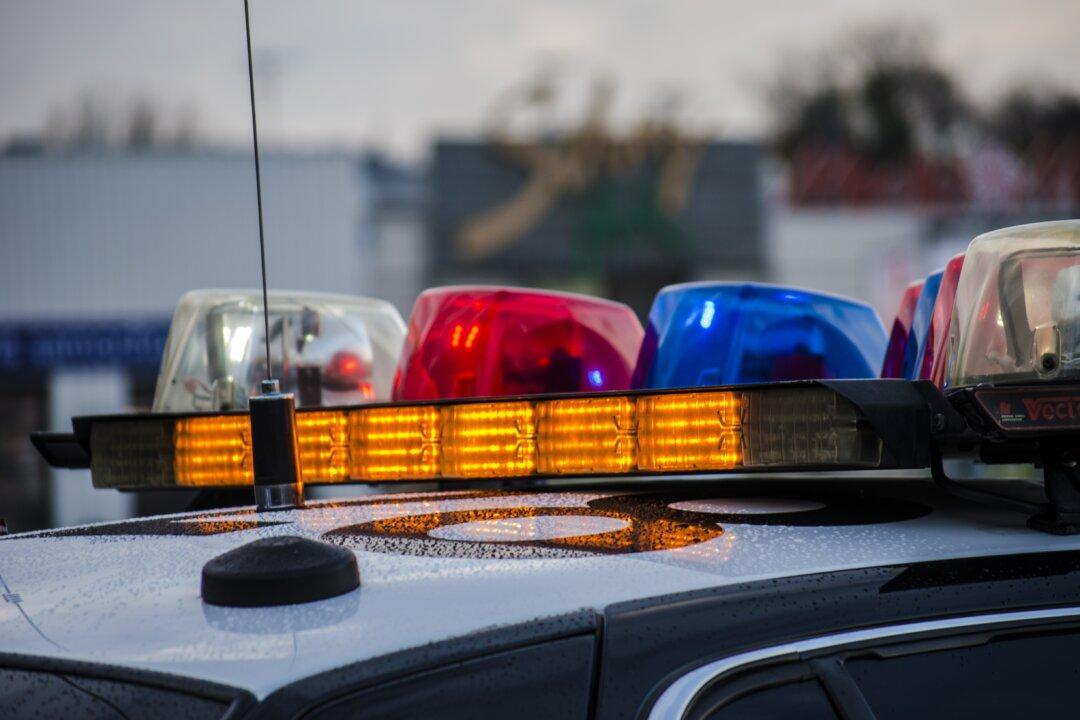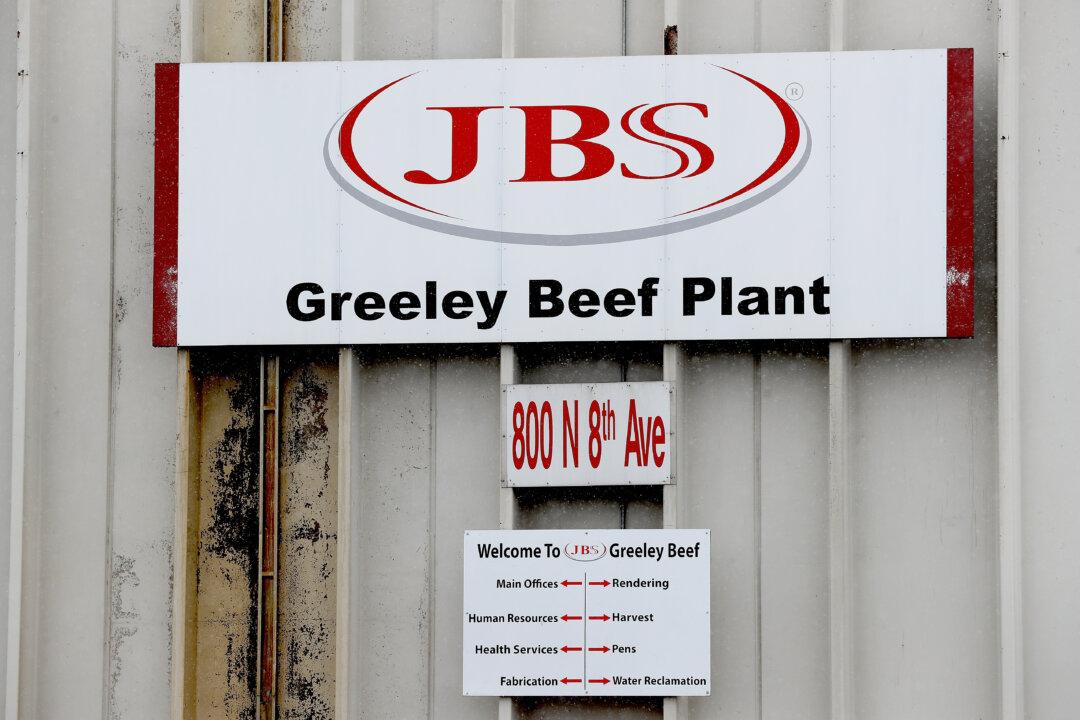A family and community in St. Louis County, Missouri have been plunged into turmoil after their daughter, 12-year-old Akeelah Jackson, was hit and seriously injured by a police cruiser involved in a pursuit on the evening of Oct. 14.
The 12-year-old was crossing Halls Ferry Road after visiting a supermarket when the tragedy occurred. While the speed limit on that section is 30 mph, St. Louis County police say that the police vehicle had reached a maximum speed of 59 mph during the chase, and that the cruiser was travelling without its siren or flashing lights switched on.





